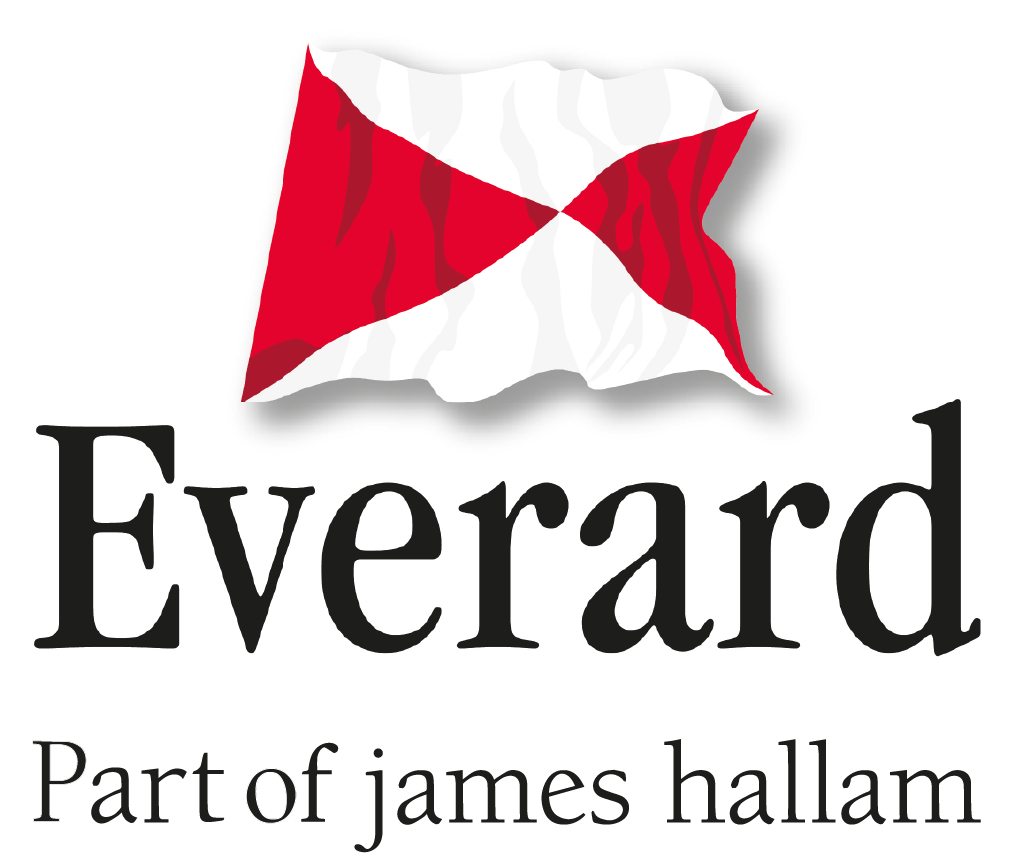When most people think about wealth, they picture property portfolios, fine art collections, or perhaps a cellar of rare wines. Increasingly, however, another category is stepping into the spotlight: wardrobes. Clothing, shoes, and handbags are no longer just expressions of taste, they are significant financial assets. Yet, despite their rising values, many clients remain underinsured, leaving themselves vulnerable in the event of a total loss.
Fashion as an investment class
The idea of clothes and accessories as investments may once have sounded frivolous. Today, it’s anything but. The global luxury resale market is booming, valued at around $32 billion in 2022 and set to be worth more than $52 billion by 2026. Platforms like Vestiaire Collective and The RealReal have normalised buying and selling designer goods, while a new generation views luxury fashion not as a depreciating indulgence, but as an appreciating asset.
Handbags are among the most striking examples of this shift. A Hermès Birkin, once bought and tucked away in a wardrobe, can now command several multiples of its original purchase price. Chanel’s Classic Flap has surged in value over the past decade, while Dior’s couture ensembles and rare McQueen pieces frequently achieve six-figure sums at auction. Even sneakers, once dismissed as everyday wear, have crossed firmly into the category of collectible assets, with certain limited editions fetching thousands of pounds.
This transformation has changed how wardrobes should be viewed: not merely as personal effects, but as collections that, in financial terms, can rival wine cellars or art portfolios.
Why underinsurance is so common
Common issues include:
- Outdated valuations – Many policies still record items at their purchase price rather than today’s market value. A pair of designer shoes or a handbag bought for £5,000 a few years ago might be worth double or triple that now, yet the insurance schedule has not kept pace.
- Caps on personal effects – Home insurance contents policies will have a set limit of cover for clothing and accessories and will include an individual item limit. This cover may be inadequate for wardrobes containing multiple handbags, couture, or luxury shoe collections.
- Limited portability. Many policies restrict cover once an item leaves the home, yet luxury fashion is meant to be worn, at events, on travels, even on loan.
- Lack of specialist expertise – General contents policies are not designed with fashion in mind, and without accurate, independent valuations, insurers may rely on incomplete or outdated information. This can lead to settlements that fall far short of the true replacement or resale value of a collection.
The cumulative effect is that many clients are left unknowingly underinsured, despite believing their contents policy is sufficient.
How to protect your wardrobe
The luxury resale market shows no sign of slowing. Designers are deliberately limiting production to fuel scarcity, while vintage pieces gain cultural cachet through celebrity endorsement and social media visibility. Emerging designers are already achieving collectible status, and categories like sneakers and streetwear continue to expand. So what can you do to protect your wardrobe?
Commission proper valuations
Independent fashion valuers can provide detailed, up-to-date assessments that reflect secondary market demand, condition, rarity, and provenance. This ensures your insurance reflects true market value rather than outdated purchase prices. For significant collections, valuations should be refreshed annually.
Implement risk management practices
Complementary steps such as secure storage, photographic documentation, and digital inventories can streamline claims processes. Clients should also exercise discretion in what is shared publicly online, reducing exposure to opportunistic theft.
Choose high net worth insurance
High-net-worth policies go far beyond the limits of standard contents cover. Key features may include:
- Agreed value settlements – giving certainty over what will be paid in the event of a claim.
- Worldwide cover – essential for clients who travel with their wardrobes.
- Automatic appreciation provisions – recognising that items can rise sharply in value between valuations.
- Pairs and sets cover – ensuring a collection retains its integrity if one piece is lost.
For high-net-worth individuals, wardrobes have become part of the alternative asset landscape, sitting alongside art, jewellery, and wine in terms of both value and importance. Protecting them requires the same diligence and specialist approach. This is where we can make a real difference by ensuring your wardrobe is accurately insured to reflect its true value.
Get in touch for help and advice
If you have any concerns or queries on your insurance cover please don’t hesitate to speak to us.
You can call any of the team on 0203 002 9859 or email pcl@jameshallam.co.uk

